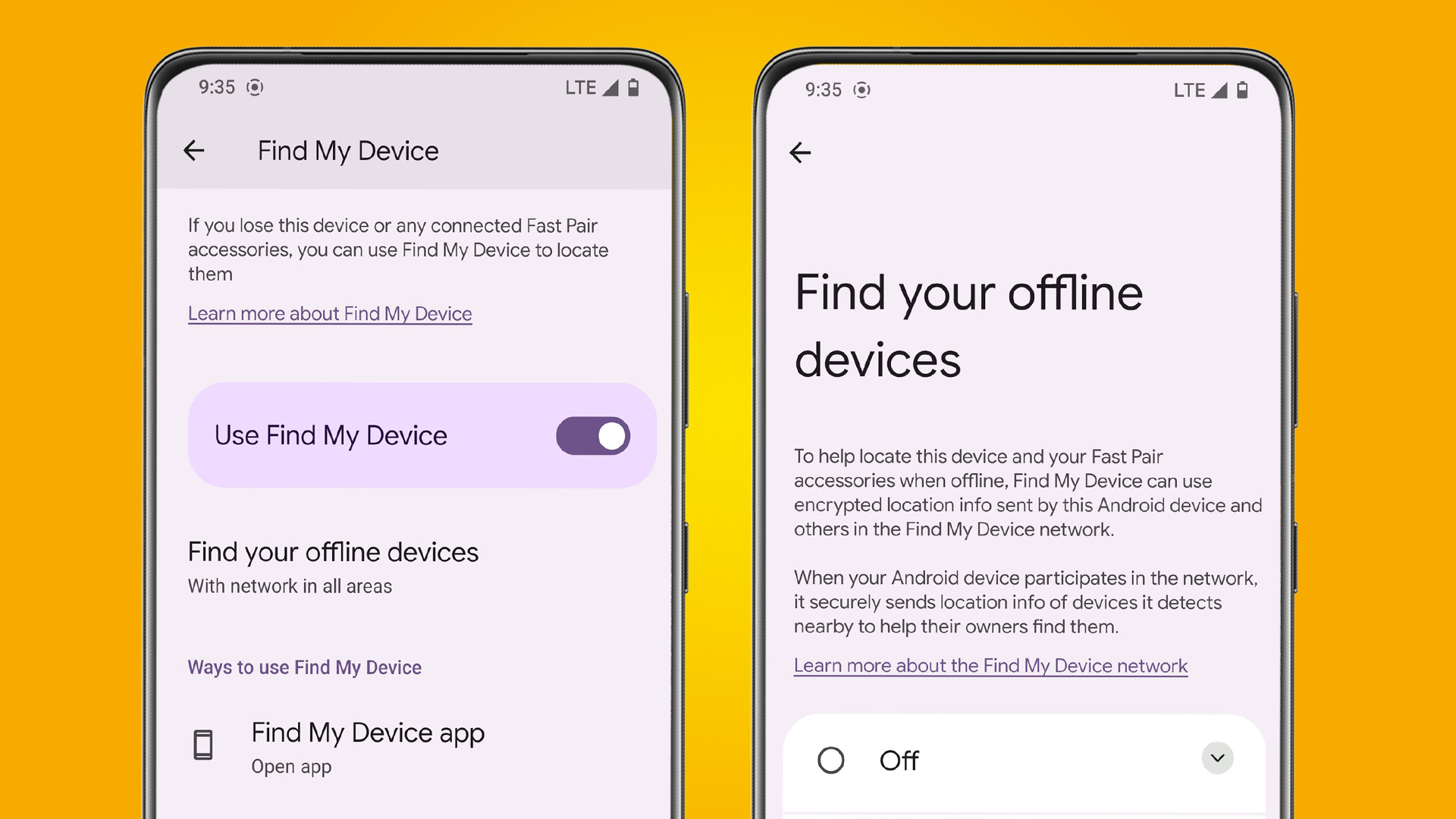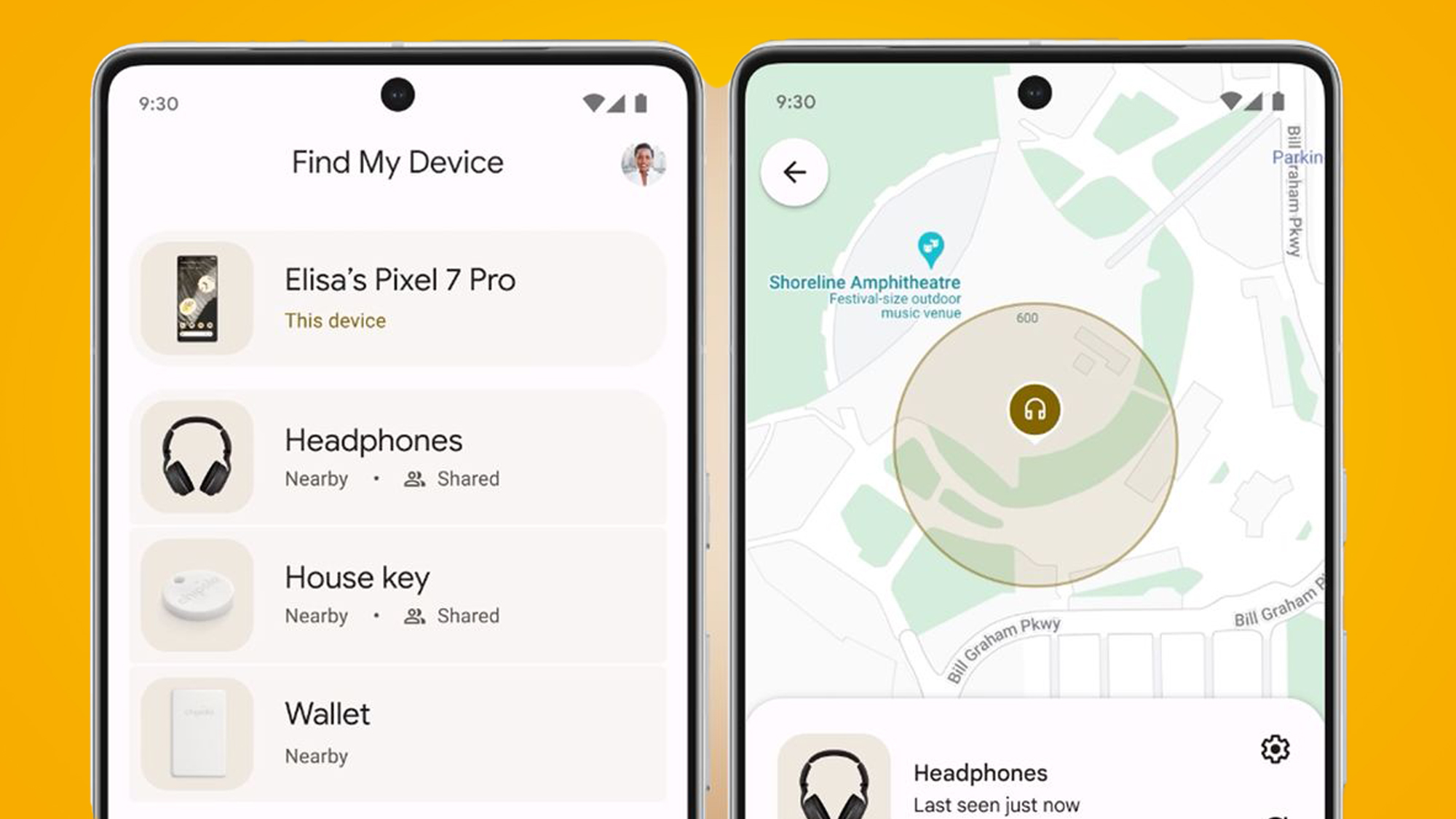[ad_1]
Google‘s new Android Find My Device network has started slowly rolling out, according to some users – and that finally opens up the possibility of some Apple AirTags rivals landing on the platform for tracking your lost belongings.
As spotted by Android tipster @Assembledebug on X (formerly Twitter), Google has seemingly started rolling out its new Find My Device network on some devices in the latest Google Play Service beta (version 24.12.14, below).
So far, this rollout appears to be very limited and also isn’t a full release of the feature, which Google announced way back at Google IO 2023. While a new settings page for the Find My Device network has appeared for these early users, they don’t yet have the option of opting into the service.

But this is still a significant moment for anyone who’s been patiently waiting for AIrTags equivalents to arrive on Android. Like its Apple rival, Google’s new Find My Device network will anonymously leverage millions of Android devices around the world (assuming they’ve opted in) to help you track down offline devices and accessories.
Like on recent iPhones, this offline tracking works by keeping your phone’s Bluetooth beacon signal active even when the handset is shut down. But the offline tracking feature may not work on every Android device – earlier rumors have suggested that the full Find My Device network will start by rolling out on the Google Pixel 9 (and possibly the Pixel 8) with Android 15.
The reason for the delayed rollout is apparently because Google has been waiting for Apple to finalize its specifications for cross-platform tracking. According to a new iOS 17.5 beta that adds unknown tracker alerts to Apple’s own Find My network, that seems to have happened. This follows a joint announcement from Google and Apple back in May 2023 that stated they would team up to tackle the issue of AirTag stalking.
So, what happens next? This slow rollout will likely continue until Google IO 2024 on May 14, when we can expect to hear more about Android’s promising tracking network – and hopefully, some new third-party trackers from Tile and Chipolo.
How will it work?

Your Android phone already has a limited Find My Device service, which lets you find your phone if it’s nearby and connected to the internet. Google’s new network promises to be a massive upgrade by anonymously leveraging millions of Android phones to help track down your lost devices – much like Apple’s Find My network.
Apple calls this its “crowdsourced network of hundreds of millions of Apple devices”, but Android’s network could potentially be even bigger. It’ll also benefit from the cross-platform alerts that Google and Apple announced to “combat the misuse of Bluetooth location-tracking devices”.
The question is when we’ll see Google AirTags, or at least Google’s first-party equivalent of the trackers that can be attached to your belongings. Given this apparent rollout of the Find My Device network, our money is on some news at Google IO 2024, as we’ve previously heard rumors about a Google tracking device codenamed ‘Grogu’.
Given that makers of third-party brands like Tile, Chipolo and Pebblebee are all supporting the industry standard partnership between Apple and Google on Bluetooth trackers, we may see some Android-flavored versions of their tracking devices at the same time, too.
You might also like
[ad_2]
Source Article Link

